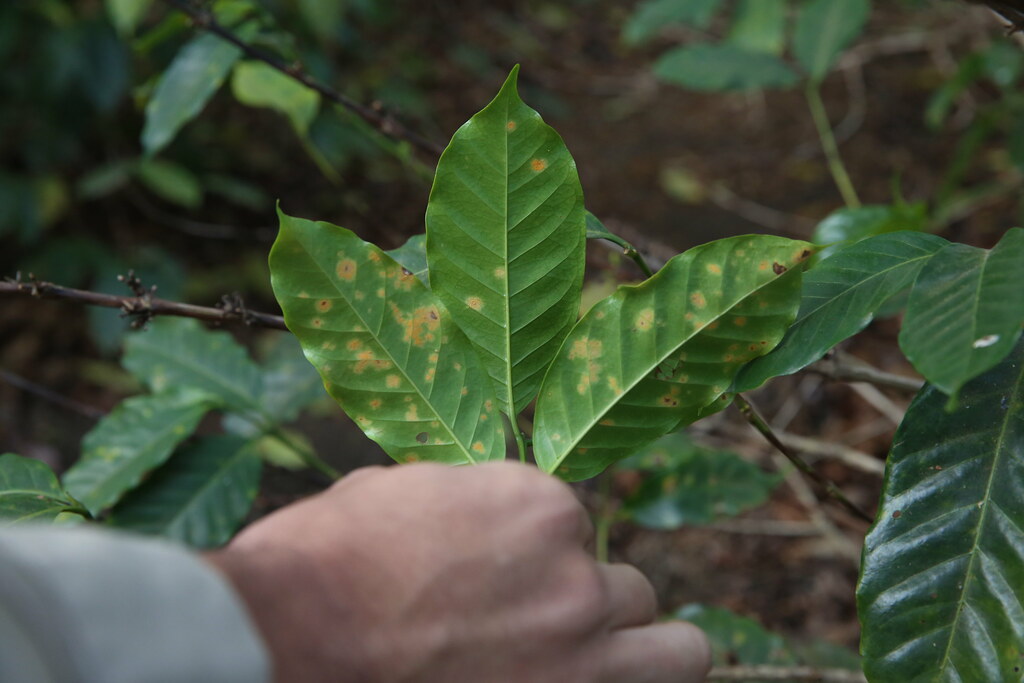Before the widespread outbreak of COVID-19 in the United States, I had been reflecting upon what scientists had identified as underlying conditions for the spread of coffee leaf rust, which has proven to take a deadly toll on coffee plants, most recently Latin America.
Given the past few weeks of human history, I cannot help but reflect upon what many ecologists, plant pathologists, agroecologists and even anthropologists have learned about why coffee rust spreads rapidly, and comparing the underlying conditions and variables to those involved in the spread of COVID-19.
During this unsettling time, the actions the global community has taken are unprecedented, driven primarily by the knowledge and unwavering advice of highly trained epidemiologists who are experts in the field of disease transmission across biological populations.
In addition to epidemiologists, scientific experts across several fields of study have contributed to helping shift our cultural norms and actions in our day to day public interactions and behaviors.
Epidemiologists, agro-ecologists, anthropologists, and plant pathologists all share a similar holistic understanding of our world, and these significant cultural shifts in our habits are essential in controlling and preventing further outbreaks.
There is a growing list of recommendations and observations that address how to control coffee rust, which similarly applies to the transmission of many biological forms (I.e., spores, viruses, etc.):
- Close proximity of plant spacing for optimal yield potential per square meter is a very similar concept to urban population densities, which is why social distancing and greater distance between coffee plants are recommended across most scientific communities when you are trying to curb disease transmission. The challenge in implementing this change of plant distancing is that it will challenge the volume of yield per plot, which if implemented alone, would not provide a financial return. But through intercropping diversified cash crops, high value trees, and other products may help curb the economic impact, and secure better food security for the long term.
- You only need a droplet of water for coffee rust to spread. Recommendations have included applications of fungicides, while also establishing wind barriers and other natural barriers to slow the transmission.
- Wind carries the spores. Without barriers, coffee rust spores will be carried greater distances. The removal of forested areas allow for greater distances the wind carries coffee rust spores. By creating forested areas, transmission is limited.
- Workers in the field who are pruning or harvesting plants that have been infected with coffee rust can unwillingly transmit it across fields and communities as it clings to clothes, boots, and other tools used in the field.
- Social and political pressure: Socio-economic goals often do not favor plant distancing or establishing ample buffer zones. Some view it as a waste of time, money, and minimizes optimal output of coffee harvest.
- Technical Outreach: Not only in coffee production, but within many farming communities, there is a lack of trust in programs that promote specific agendas. All too often they can be misguided or implemented without fully understanding the community these programs serve. It is well known that farmers work within highly complex ecological systems and economic forces, often pulling their decisions in opposite directions, creating a delicate balance for decision making daily.
What can we learn from agroecologists and those who study the spread of coffee rust? What advice can we take from the experts that have been applied to both plant and human outbreaks?
There may be some comfort in knowing that humans all over the globe have proven to slow or stop the spread of COVID-19 through following data-driven guidelines and procedures such as social distancing.
Hopefully, this may someday also better inform the coffee sector’s response to a disease that has repeatedly reared its head throughout history to wipe out entire coffee populations.
Jon Ferguson
Jon Ferguson held numerous roles within the specialty coffee industry over the past two decades. He is currently focused on writing about the world of espresso equipment and service.







Comment